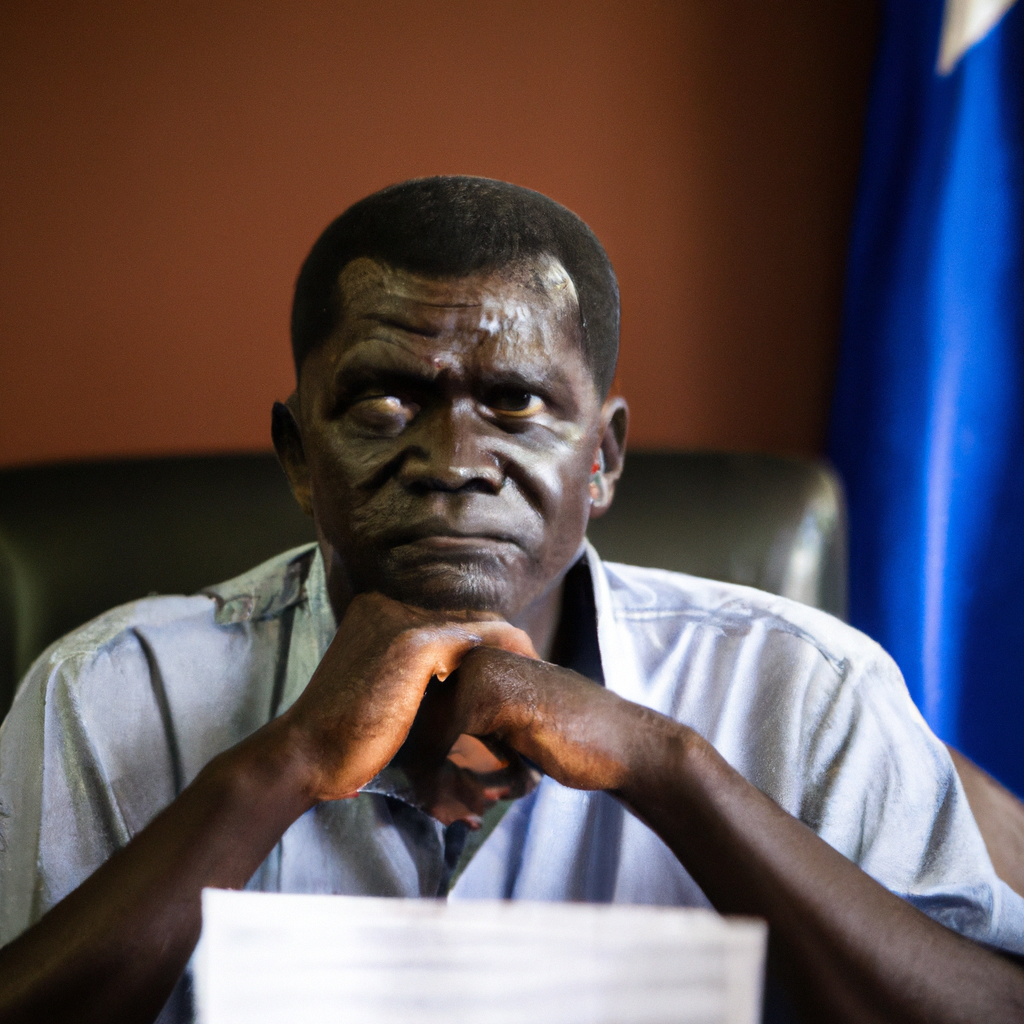A new photobook titled “Positive Tracks” has been launched, showcasing the inspiring efforts of Ugandan communities in the conservation of gorillas. This beautifully crafted publication features stunning photography that captures not only the majestic wildlife but also the vibrant cultures and initiatives of local communities working tirelessly to protect these endangered animals. The photobook combines powerful imagery with narratives that emphasize the importance of community-based conservation, highlighting how local engagement is critical in safeguarding Uganda’s biodiversity.
Local Communities at the Forefront of Conservation
“Positive Tracks” tells stories from various communities surrounding the Bwindi Impenetrable National Park and the Mgahinga Gorilla National Park. These regions are known for their rich biodiversity and their status as habitats for half of the world’s remaining mountain gorillas. The photobook delves into how local inhabitants have partnered with conservation organizations to preserve this natural heritage. With many communities relying on wildlife tourism for their livelihoods, it is urgent that they feel ownership of the wildlife.
The book addresses the challenges these communities face, including poaching and habitat destruction. Many local residents engaged in these efforts are former poachers who have reformed and now play a role in protecting gorillas. Initiatives such as community patrols and education programs are highlighted as pragmatic approaches that encourage sustainable interactions with nature. These efforts have significantly reduced poaching threats while promoting eco-tourism as a viable alternative.
The Role of NGOs and Government Support
Non-Governmental Organizations (NGOs) have been pivotal in the success of conservation efforts showcased in “Positive Tracks.” Their support has helped communities develop infrastructure, training programs, and financial models that sustain conservation initiatives. The Ugandan government has also played a vital role through policy reforms that favor community-led conservation. Government incentives have encouraged more locals to engage in wildlife stewardship.
Key collaborations with organizations such as the Uganda Wildlife Authority (UWA) and the Gorilla Rehabilitation and Conservation Education (GRACE) are underscored. These partnerships facilitate training for rangers on anti-poaching tactics and provide monitoring tools for gorilla populations. Additionally, they help with the establishment of community-based ecotourism businesses where locals receive benefits from gorilla trekking activities.
Positive Impacts on Conservation and Tourism
The photobook is not just a celebration of local conservation efforts; it also aims to inspire action and awareness on a global scale. Each purchase of “Positive Tracks” contributes to funding ongoing conservation work in Uganda. This financial support is crucial for continuous habitat protection initiatives and for educating the public about the importance of gorilla preservation.
Conservation through community engagement has proven to enhance the tourism experience in Uganda. Visitors are increasingly drawn to authentic experiences that support local communities while observing wildlife. The photobook echoes this sentiment by illustrating how tourism can generate economic benefits while ensuring the protection of wildlife.
Conclusions and Future Directions
“Positive Tracks” serves as an important reminder of the interconnectedness of wildlife conservation and community welfare. By shining a light on the efforts of Ugandan communities in gorilla protection, the publication underscores the critical need for continued collaboration between local residents, NGOs, and the government.
The implications of this initiative extend beyond Uganda’s borders, highlighting a model that can be replicated in other regions facing wildlife conservation challenges. As the world focuses more on sustainable practices, Uganda’s example of integrating local communities into conservation efforts could pave the way for innovative solutions that benefit both people and wildlife. The success stories featured in this photobook may inspire further investment and interest in protecting not only gorillas but also the myriad of species that share their habitat. In conclusion, “Positive Tracks” is a testament to human resilience and the natural world’s legacy, deserving recognition and support from both Ugandans and the global community.








